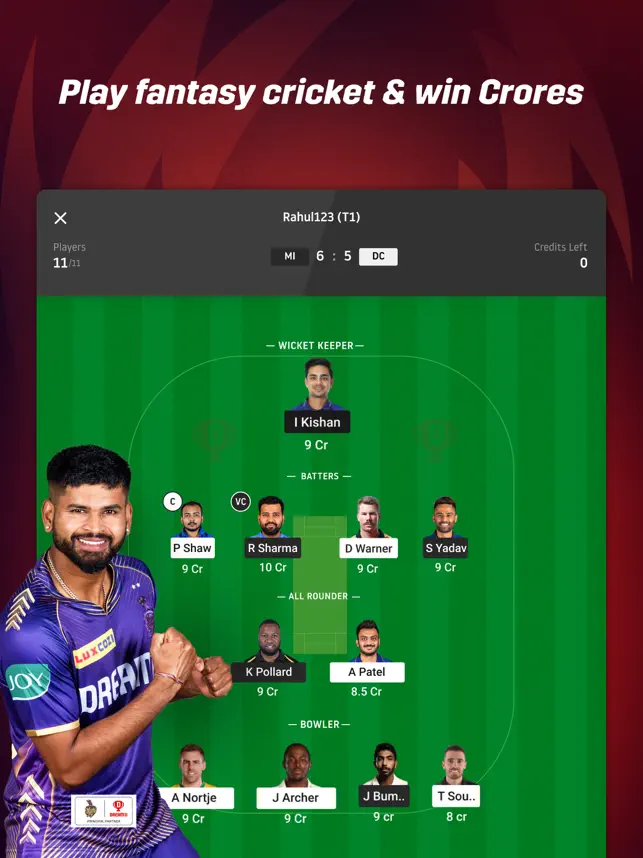Are you looking to make a robust place in the web world? Or do you want some tips for optimizing web development performance for your brand? We are here to sort it out for you!
Your website is the very first impression of your web presence which tells the world about your business. It’s important to know that you won’t get a second chance to give a great user experience to the visitors. A slow-loading website is the worst thing that can happen to the visitors and they will surely leave your website as there are abundant options available to them.
On the other hand, a high-speed website results in high return visitors, higher conversions, lower bounce rates, and better feedback from visitors. What else can a website owner ask for?
Nothing… Right!
So if you want to get all the given benefits and generate qualified leads to fill the sales funnel, you should optimize web development performance without a doubt.
In this blog, we’ll introduce some tested tips for optimizing web development performance to help bring your web platform closer to the potential audience.
Seems exciting?
Great, let’s dive in!
Best Tips for Optimizing Web Development Performance
The online world has completely changed in the last few years. As the value of having a strong online presence increases daily, more and more companies join the competition to surpass their competitors and have a position at the top of search results. For instance, web development can leverage DAM systems to optimize websites and improve workflow. Apart from this kind of tool, there are many tips for optimizing web development performance.
To make sure you don’t leave behind the competitors, use these tips for optimizing your website!
- Make sure to use content delivery networks (CDNs)
A CDN is a set of web servers spread across different geographical locations to provide useful content to the users as per their location. So, CDN stores the content from your website on servers and reduces the distance that data needs to travel.
Overall, it helps to improve the speed and performance of the website, especially when you have a web platform for global users. In short, content delivery networks help in:
- Optimizing the load times.
- Minimizing latency.
- Improving the delivery time of your assets.
- Combine the files
Minification and combination of files are other things that one can follow for optimizing web development performance.
Minification: Reducing the size of source code by removing unneeded characters and minimizing the size of HTML, CSS, and Javascript files is minification. This can keep your code clean and readable. You can easily perform this using minification tools to trim the bytes in HTML or CSS files. This will reduce the file size which means less data transfer and lesser bandwidth required.
Combining more than one file into a single file can decrease the number of requests needed by the browser. In short, this will speed up the complete loading process.
- Code execution optimization
Another important tip for optimizing web development performance is to optimize the code. To optimize the code well, you should write:
- Clean
- Efficient code
This will help to achieve optimization without using any plugins. Proper streamlining of the code on the website can help it to load faster. For instance, you can prioritize the content to load first before the user scrolls.
- Make use of browser caching
Apart from the content delivery network, there are other caching methods to improve the delivery time such as ‘Browser Caching’.
Leveraging the power of browser caching can help to optimize the web development performance. It allows your browser to store certain files within its cache to give the result quicker. These files to be stored on the user’s browser can be images, CSS, Javascript files, etc.
That’s why the browser doesn’t need to fetch your files from the server every time the user requests it. This will speed up the loading process. To set up browser caching:
- Do ‘cache-control’ setting
- Set ‘expires’ headers on the web server
After this, determine the duration of files to be stored in the user’s browser. This way you can leverage the power of browser caching without much effort to get faster results.
- Minimize external HTTP requests
The total number of requests that the browser makes to capture the needed resources to render the webpage are external HTTP requests. In most of the cases, a big portion of the load time of the website comes from HTTP requests. The loading speed depends upon the server infrastructure of the hosting provider, location, etc.
So, the first thing to consider while reducing external HTTP requests is to examine your website to a minimal outlook. You should study each component of each web page and try to remove the elements that hinder the user experience. Such components can be:
- Images that are not necessary
- Unneeded Javascript
- Unnecessary plugins
- Extra CSS codes
After eliminating all the unnecessary elements, you should trim the remaining content to further improve the speed. You can also follow the given suggestions:
- Combine Javascript and CSS files into one.
- Don’t use third-party plugins or frameworks until needed for sure.
- You can use Sprites which helps to deliver multiple images in a single request.
With all such steps, you can minimize external HTTP requests very easily and improve the web development performance.
- Do Prefetching
Enabling prefetching techniques is another one of the best tips for optimizing web development performance. Prefetching can help to improve the user’s browsing experience by capturing necessary resources and data before they need it. There are three types of prefetching techniques which are given below:
DNS Prefetching
This technique involves resolving domains into IP addresses in advance.
Link Prefetching
If you know the visitor will click on a specific link to navigate any web page, you can use the Link Prefetching method. This technique is for fixed user journey actions. For example, moving to the cart after finalizing the products.
Prerendering
Prerendering means rendering an entire page or the needed elements of the web in advance.
With prefetching techniques, one can gather CSS, Javascript, images, and the URL for each link before leaving the current page. This will make sure that visitors can use links to jump between pages with minimum loading times.
- Do image optimization
Media files are an important part of any website, especially for online shopping sites. Being one of the largest files on the web page, unoptimized images can badly impact load times and ruin the user experience. HD images that are not optimized well can weigh several megabytes. So, if you want to improve your website’s frontend performance, you should properly optimize the images. Here are some suggestions to do image optimization for web pages:
Change image format
You should use image format which weighs less than the other formats, like, WebP format weighs 30% less than JPEG that too without compromising quality. You can use it in lossy or lossless modes.
Lazy loading
For optimizing images on web pages, lazy loading is one of the best methods to opt for. It’s about loading images that are located in the viewport rather than all the media content of the entire page. As the visitor goes down, loading begins for the images down below.
Do image compression
Another useful tip for optimizing web development performance is to reduce the size of the images before uploading them to the website.
- Optimize the database
The database is like the soul of any website. That’s why it is one of the most essential components for optimizing web development performance. CMS (content management systems) are full of plugins that enhance the database size and load time of the pages. So, you should disable the one that you don’t need to free up some space.
CMS stores posts, pages, comments, and many types of encrypted data, that take up a lot of storage. The database gets crowded with time and it starts gathering garbage such as comments in the spam, unapproved comments, tarnished items, etc. You should get rid of all this garbage as soon as possible and limit or disable post revisions.
Every CMS has different optimization techniques to follow, which you should consider as per your requirements.
- Focus on Gzip compression
One of the most effective ways to compress files is Gzip compression. It goes well with almost all types of files. This is one of the best methods of shrinking audio files, PNG images, and heavy documents.
You can start using Gzip and compress web pages, Javascript, and CSS at the server level before they reach the browser side.
Gzip is a classic way to do compression which is supported by almost all browsers and servers. You can enable it on your website by adding some lines of code or via a utility called gzip.
Summing Up
Simply launching a website is not enough. You have to put in the effort to bring your website closer to the target audience, and this means optimizing web development performance.
Incorporate these aforementioned tips for optimizing web development and you’ll start seeing results today. But this is not the end, monitoring the results after implementing all tips is equally important. You should keep an eye on the website’s performance and perform regular tests to have long-term optimization.
Always keep in mind that the faster your website loads, the better user experience you can give. So, ultimately it will benefit you and your visitors both.
Hope you find this blog informative!
Till then, keep optimizing your web development performance!
My name is Sardar Ayaz a professional content writer and SEO expert having Proven record of excellent writing demonstrated in a professional portfolio Impeccable grasp of the English language, including idioms and current trends in slang and expressions. I have ability to work independently with little or no daily supervision with strong interpersonal skills and willingness to communicate with clients, colleagues, and management.
I can produce well-researched content for publication online and in print, organize writing schedules to complete drafts of content or finished projects within deadlines. I have 12 years’ experience to develop related content for multiple platforms, such as websites, email marketing, product descriptions, videos, and blogs.
I use search engine optimization (SEO) strategies in writing to maximize the online visibility of a website in search results











